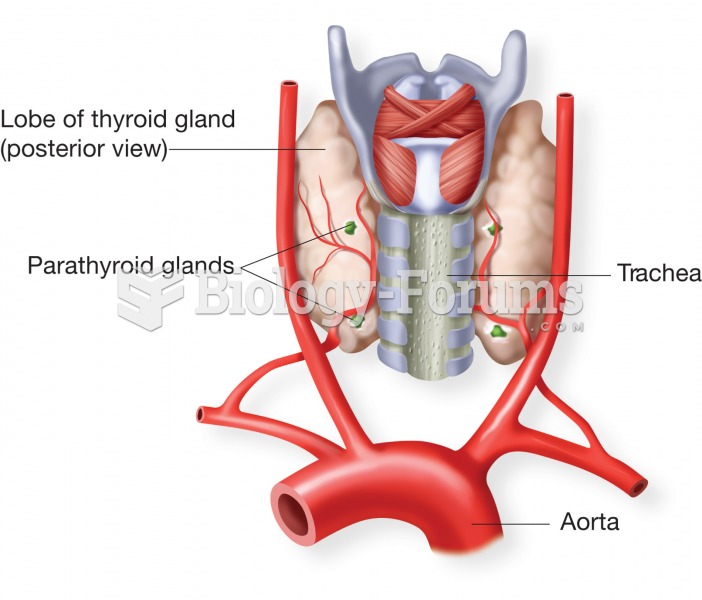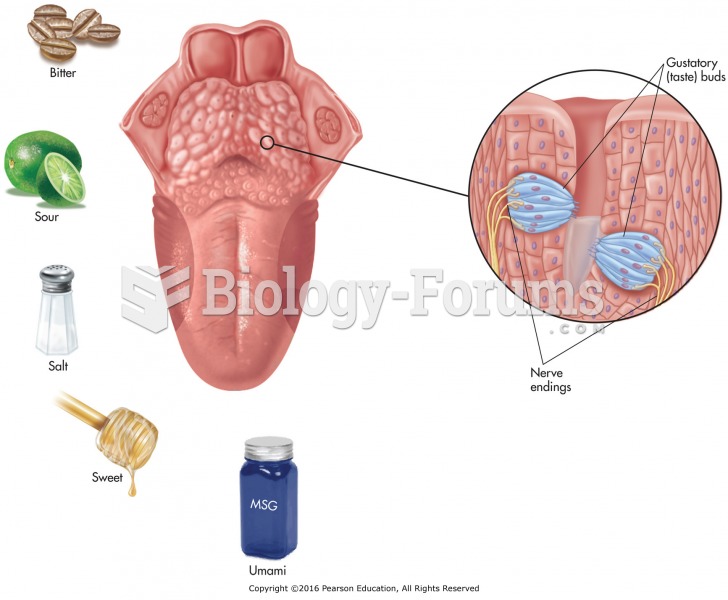|
|
|
It is difficult to obtain enough calcium without consuming milk or other dairy foods.
A seasonal flu vaccine is the best way to reduce the chances you will get seasonal influenza and spread it to others.
A serious new warning has been established for pregnant women against taking ACE inhibitors during pregnancy. In the study, the risk of major birth defects in children whose mothers took ACE inhibitors during the first trimester was nearly three times higher than in children whose mothers didn't take ACE inhibitors. Physicians can prescribe alternative medications for pregnant women who have symptoms of high blood pressure.
When blood is exposed to air, it clots. Heparin allows the blood to come in direct contact with air without clotting.
During pregnancy, a woman is more likely to experience bleeding gums and nosebleeds caused by hormonal changes that increase blood flow to the mouth and nose.
 The parathyroid glands. These four glands are located on the posterior side of the thyroid gland. Th
The parathyroid glands. These four glands are located on the posterior side of the thyroid gland. Th
 A medical records department. (Paper records are becoming obsolete, replaced by electronic records.)
A medical records department. (Paper records are becoming obsolete, replaced by electronic records.)
 A fuel heater is part of the fuel filter and water separator located on the frame rail of a Ford ...
A fuel heater is part of the fuel filter and water separator located on the frame rail of a Ford ...




